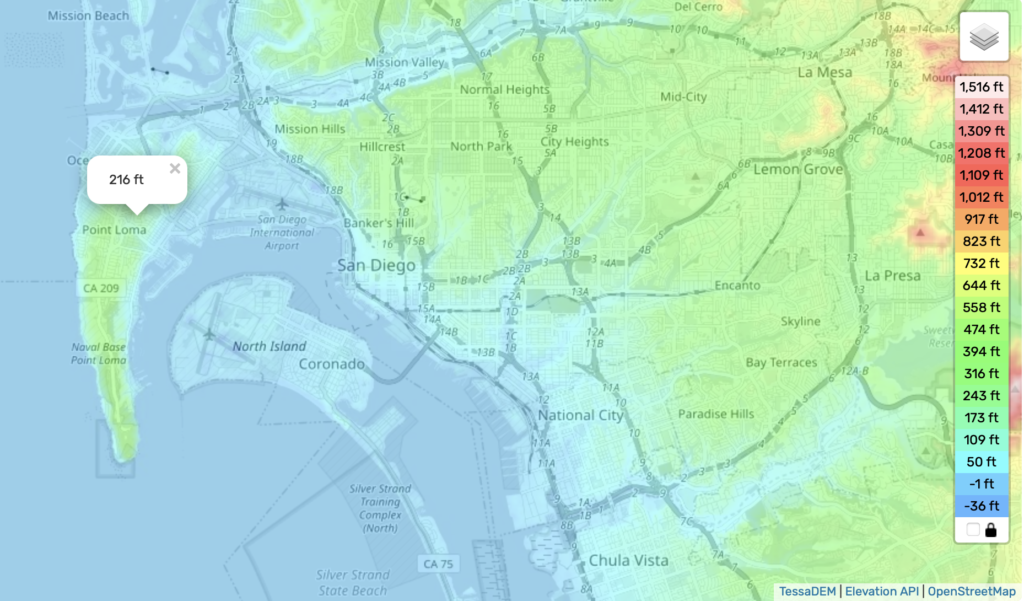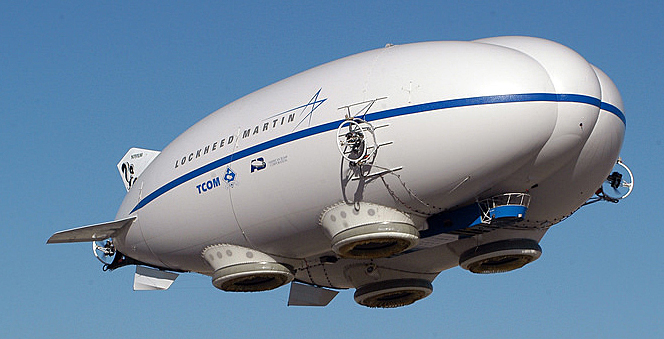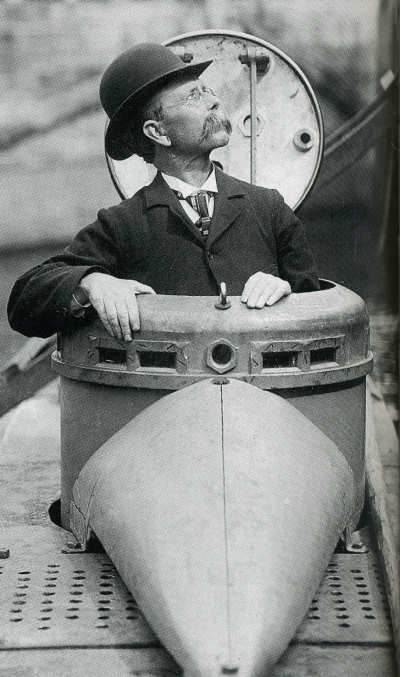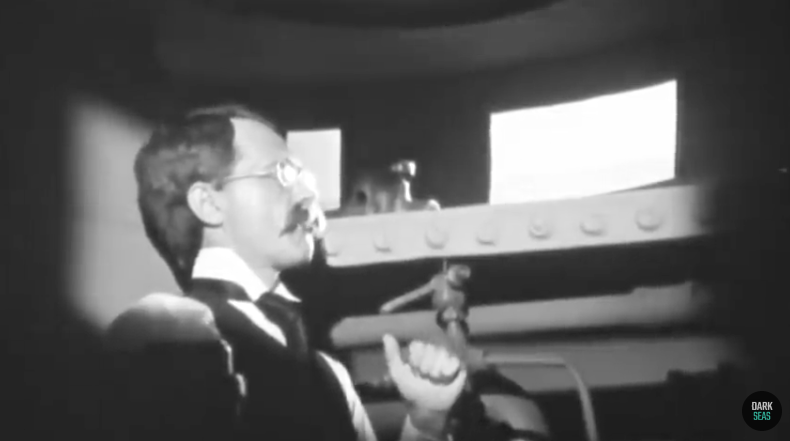Peter Lobner
Seventy years ago, the U.S. Atomic Energy Commission (AEC) conducted a series of tests at the National Reactor Testing Station (NRTS, now Idaho National Laboratory) with the Boiling Reactor Experiment (BORAX)-series of reactors. These small test reactors established the engineering foundation for commercial light water-cooled, boiling water reactors (BWRs), which are operating today in many nations around the world.
In June 2024, the American Nuclear Society (ANS) published a brief overview of the BORAX program and reported:
“Prior to 1952, it was thought that boiling in a light water reactor core would result in destructive instabilities. Samuel Untermeyer proposed that reactivity feedbacks from steam formation would instead help to stabilize the chain reaction, and so Argonne (National Laboratory) designed the BORAX series of reactors to investigate the concept.”
You can watch an AEC video on the BORAX-I experiments here. This 19-minute video is notable particularly because it shows BORAX-I operating open-loop (venting steam from the operating boiling water reactor to the atmosphere) and it shows the effects of a series of increasingly severe reactivity transient tests, the last of which was designed to be a destructive test of the BORAX-I reactor.

BORAX-I final test. Source: Argonne
The BORAX-I series of transient tests demonstrated that “the boiling water reactor concept was viable and could be developed into a workable power reactor.”
In addition to BORAX-I, there were four more test reactors in the BORAX-series. All are briefly described on the Argonne National Laboratory website here.
The next test reactor in the BORAX series, BORAX-II, initially operated open-loop. After a steam and power conversion system was added to enable closed-loop operation and up to 2 MWe electric power generation, it was renamed BORAX-III. The town of Arco, Idaho, became the first community in the Nation to receive its entire supply of electric power from a nuclear reactor on 17 July 1955, when BORAX-III was temporarily connected to the local grid. ANL reported 500 kW was used to power the BORAX facility, 1000 kW was used to power the Central Facilities Area at NRTS, and 500 kW was available to power the city of Arco.

Arco commemorative sign. Source: Author photo
BORAX-IV was a closed-loop BWR that operated from 1956 to 1958 and was used primarily to test uranium and thorium oxide fuel and measure the impact of small fuel defects on radioactivity levels in steam plant equipment. ANL concluded, “On the basis of these experiments, it was predicted that a boiling reactor, fueled with ceramic fuel, can safely operate for long periods of time with many fuel cladding defects.”
The last test reactor in the series, BORAX-V, introduced an integral nuclear superheat system, which raised the saturated steam conditions exiting the core to high-pressure, dry steam conditions similar to a conventional (fossil-fueled) superheated steam power plant. This feature was used later in the 17.5 MWe BONUS (Boiling Nuclear Superheat) reactor, which was built under the AEC-sponsored Power Demonstration Reactor Program. BONUS was designed by General Nuclear Engineering Corp. and operated by the Puerto Rico Water Resources Authority from 1965 to 1968. You can watch a 1967 AEC video on the BONUS reactor here.
The boiling nuclear superheat feature demonstrated in BORAX-V was used in one other Power Demonstration Reactor Program reactor, the 203 MWt Pathfinder, which operated from 1962 to 1968. However, this feature was not incorporated into later U.S. commercial BWR designs by General Electric.
The BORAX-series of test reactors was followed by the Experimental Boiling Water Reactor (EBWR), which was built in 1961 at Argonne National Laboratory in Illinois. EBWR was designed for steady-state power operation, initially at 20 MWt (5 MWe). Higher-power steady-state operations were conducted in the 20 to 40 MWt range, with short-term operation at up to 61.7 MWt (limited by feedwater pump capacity). Stable operation of EBWR at 100 MWt was expected to be possible. You’ll find an ANL video overview of the EBWR here.

EBWR. Source: Argonne flickr gallery
In its video, ANL reported,
“Operations with EBWR proved that a direct cycle boiling water reactor system could operate, even at power levels five times its rated heat output, without serious radioactive contamination of the steam turbine. EBWR, sometimes referred to as CP-7, was operated until 1967.
EBWR, operated with a largely plutonium core, provided valuable information on plutonium recycle operation of water reactors—it generated plutonium-based electricity for Argonne’s physical plant in 1966.
When closed down the following year, EBWR had established a reputation as the forerunner of many commercial nuclear energy plants. One of those is the (General Electric-designed) Commonwealth Edison facility at Dresden, IL, which in 1960, became the first privately operated nuclear energy plant.”
You’ll find an overview and comparison of General Electric’s commercial BWR/1 to BWR/6 reactors in report NUREG/CR-5640, which is listed below.
For more information:
BORAX
- Ray Ottley Haroldsen, “Overview: How the Borax Reactor Came to Be, Atomic Insights,” (online excerpt from the book, “The Story of the Borax Nuclear Reactor and the EBR-I Meltdown,” ISBN 1566847060, 9781566847063), 2008: https://atomicinsights.com/wp-content/uploads/Borax-Book.pdf
- Will Davis, “BORAX, SPERT Tests; INL at 70!,” ANS Nuclear Cafe, 22 February 2019: https://www.ans.org/news/article-2109/borax-spert-tests-inl-at-70/
- R. Henry, M. Epstein & H. Fauske, “An explanation of BORAX-1, SPERT-1 and the SL-1 accident,” Fauske & Associates, LLC: http://glc.ans.org/nureth-16/data/papers/13489.pdf
- “Idaho town gets atomic power and light in nuclear power demonstration,” USAEC Press Release, 11 August 1955: https://www.ne.anl.gov/About/reactors/borax3/index.shtml
- Anna Daly, “Inside the Idaho town first in the world to be lit by nuclear power,” BoiseDev, 21 June 2023: https://boisedev.com/news/2023/06/21/inl-arco-power/
- “Preliminary Design and Hazards Report – Boiling Reactor Experiment V (BORAX V),” Argonne National Laboratory, February 1960: https://www.osti.gov/servlets/purl/4135874
EBWR
- L. Boing & E. Wimunc, “Design – Development and Operation of the Experimental Boiling-Water Reactor (EBWR) Facility, 1955 – 1967,” Report ANL-91/13, Argonne National Laboratory, November 1990: https://digital.library.unt.edu/ark:/67531/metadc283040/m1/1/
- J. Matousek, “Modification of the Experimental Boiling Water Reactor (EBWR) for Higher-Power Operation,” Report ANL-6552, Argonne National Laboratory, April 1962: https://www.osti.gov/servlets/purl/4828653
BONUS
- Will Davis, “Nuclear Energy for Puerto Rico,” ANS Nuclear Café, 14 April 2016: https://www.ans.org/news/article-1818/nuclear-energy-for-puerto-rico/
- “Boiling Nuclear Superheat (BONUS) Power Station – Final Summary Design Report,” Report PRWRA-GNEC-6, General Nuclear Engineering Corp. and Puerto Rico Water Resources Authority, 1 May 1962: https://www.osti.gov/servlets/purl/4143826
Pathfinder
- Will Davis, “Pathfinder: A Path Not Taken,” ANS Nuclear Café, 13 June 2014: https://www.ans.org/news/article-1581/pathfinder/
GE commercial BWRs
- P. Lobner, C. Donahoe & C. Cavallin, “Overview and Comparison of U.S. Commercial Nuclear Power Plants,” U.S. Nuclear Regulatory Commission Report NUREG/CR-5640, (available on ResearchGate), September 1990: https://www.researchgate.net/publication/236441376_Overview_and_Comparison_of_US_Commercial_Nuclear_Power_Plants







































